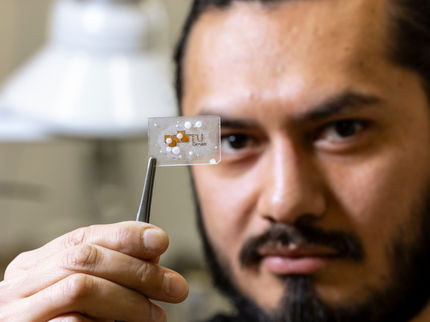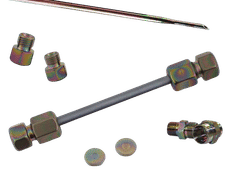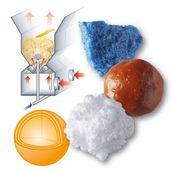UCR physicists to study attractive and repulsive forces crucial in designing nano-machines
Advertisement
The casimir force, also known as the Casimir effect, is typified by the small attractive force that acts between two close parallel uncharged conducting plates. Today, this force has become an interdisciplinary subject of study, playing an important role in condensed matter physics, quantum field theory, atomic and molecular physics, gravitation and cosmology, and mathematical physics. Most recently the Casimir force has been applied to nanotechnology.
Now, to study this force, UC Riverside physicists have received funding of $1.6 million for two years from the Defense Advanced Research Projects Agency ( DARPA ), the central research and development office for the U.S. Department of Defense, through the Department of the Navy, Space and Naval Warfare Systems Command ( SPAWAR ). Grant recipients, Umar Mohideen and Roya Zandi of the Department of Physics and Astronomy , will conduct experimental and theoretical research on ways to minimize the attractive, or enhance the repulsive, Casimir force between objects—a necessary step in designing extremely small machines.
In the typical geometry of two close parallel uncharged conducting plates (or a sphere and a plate), the Casimir force is attractive. But in other situations, the force can be repulsive, depending on the materials involved or their configuration.
Today's advances in nanofabrication include the manufacture of micro- and nano-machines with moving parts separated by distances less than a micron. Because the distances are extremely small, the Casimir force needs to be considered in the design and function of the micro/nano-machines for efficient operation.
"The Casimir force, which is usually attractive, is also large at short separation distances between objects," explained Mohideen, a professor of physics and the principal investigator of the grant. "It severely limits and constrains the easy and efficient functioning of nano- and micro-machines. To allow more novel designs of micro-machines, engineers will first need to decrease the Casimir force. One approach we will use in the lab is to use different material coatings to substantially reduce the Casimir force. Another approach is to use specialized coatings to bring about a repulsive Casimir force."
Mohideen is in charge of the experimental section of the research. Zandi, the co-principal investigator of the grant, will be joined by Mehran Kardar, a professor of physics at the Massachusetts Institute of Technology (MIT), and Thorsten Emig, a physicist at the University of Cologne, Germany, in overseeing the theoretical section of the research. Giuseppe Bimonte, a physicist who will visit UCR from the Università di Napoli Federico II, Italy, also will contribute to the theoretical research. They will be joined by four postdoctoral researchers at UCR and one student at MIT. All experiments will be conducted at UCR.
































































